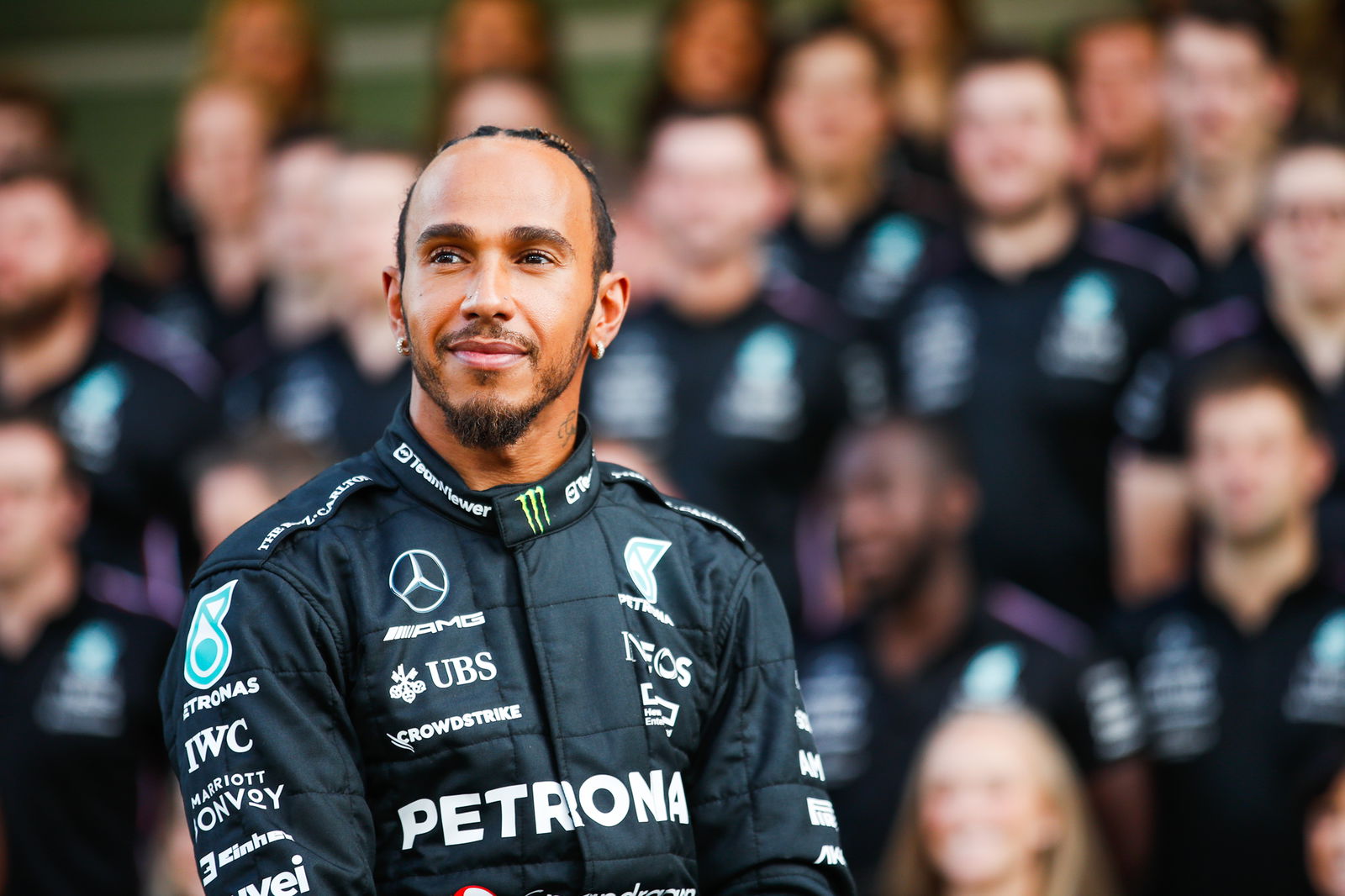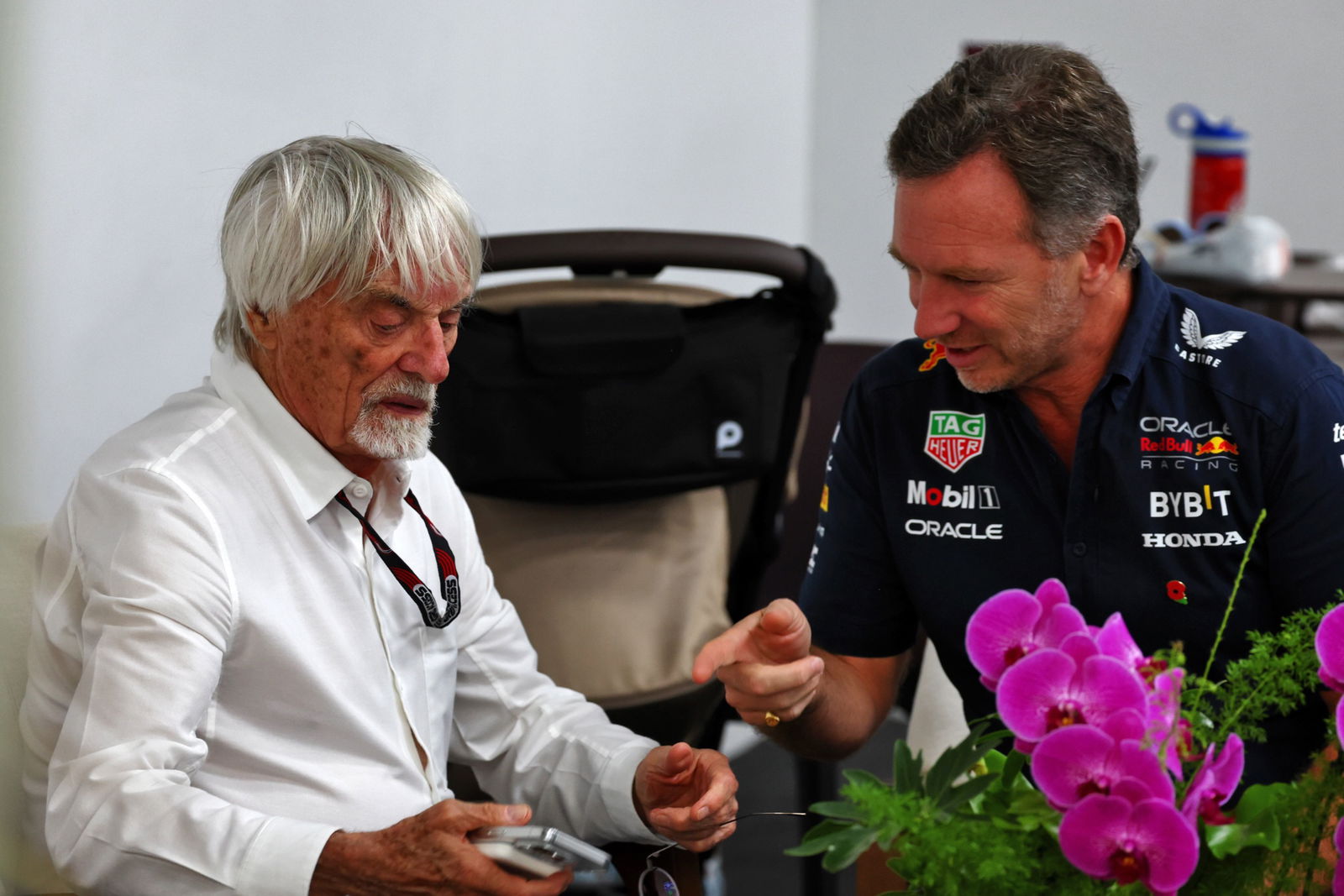Everything that's changed on Mercedes' revamped W15 F1 car
Explaining the changes Mercedes have made to their 2024 F1 car.

Mercedes have made some sizeable alterations to their long-awaited 2024 F1 car which was presented to the world on Wednesday.
Despite finishing second in the constructors’ championship last year, Mercedes endured their first winless campaign since 2011. A second consecutive challenging season in F1’s current aerodynamics regulation cycle has led Mercedes to revamp their car for 2024.
One of the main areas of focus was to give drivers Lewis Hamilton and George Russell a more predictable car.
“A big focus has been on improving the previous car’s unpredictable rear axle, which the drivers often referred to as spiteful,” Mercedes technical director James Allison said.
“We have worked on that to try and create a car that is reassuring to the drivers. At the beginning of a corner when you're hard on the brakes and turning in, the rear needs to feel rock solid.
“And then as you get towards the apex, the car needs to feel progressively more nimble, and eager, to turn. We have been trying to build that into the car.
“We’ve also worked hard to create a less draggy car, and to add performance in the corners.”
.jpeg?width=1600)
Mercedes have redesigned the chassis and gearbox casing on the W15, something that was not possible during the 2023 season due to the constraints of the F1 cost cap.
“A new chassis and a gearbox were standard for every year, pre-cost cap. And there'll be several other teams who have done both things in a single year,” Allison explained.
“But the cost cap does force you to pick and choose your battles, and there's no doubt that having a new outer casing as well as at the same time as having a new chassis are two big projects that are going to take a chunk of our available firepower.
“That is what we have done this year. It does mean that in other parts of the car we have not tried to reinvent the wheel. But it has allowed us to undertake a couple of big projects without breaking the bank and we believe that this is a good and important use of our efforts.”
There has also been a significant push to improve the aerodynamic efficiency of the latest Mercedes.
“With this current generation of cars, so much of the performance comes from how the floor interacts with the road,” Allison added.
“Whether or not a car is effective is down to how well that floor is permitted to behave aerodynamically.”

Allison revealed that Mercedes have also worked on improving their pit stop times over the winter, having acknowledged that was a previous weakness compared to their competitors.
“There’s also been some housekeeping on areas in which we had room for improvement, including the DRS effect, and pit stop performance,” he said.
“We were always very good at delivering a pit stop in a repeatable time, which is the key thing for a pit stop.
“The repeatable time that we could do our pit stops in was still three to four tenths slower than the best teams, though. So hopefully we will have moved in the right direction there.”
The key question is; are Mercedes happy with the results of their development?
"I feel like we have delivered on all the things we said we wanted to do,” Allison said.
“Some aspects are unbounded and therefore you can never be fully satisfied. We will not know until we run the car truly. But I think we can say that we feel like we have worked well.
“Formula 1 is a relative game. Whether we've worked well enough to be competitive, only time will tell. We do not know what everyone else has done.”


